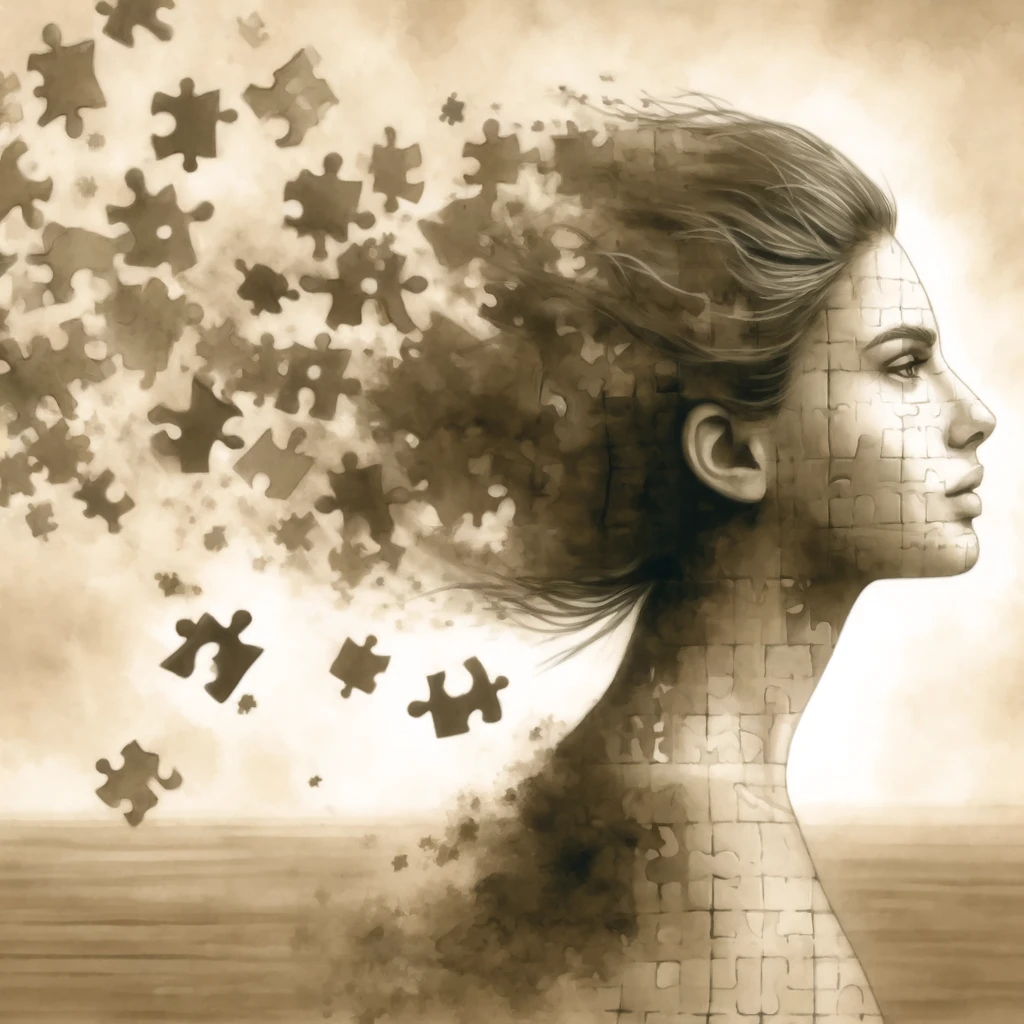
Many of us lead lives marked by constant urgency. We rush to meet deadlines and expectations, making split-second decisions as opportunities flash by. Amid this whirlwind, our thoughts, perhaps the only things we consider truly our own, bear the weight of our attention, even as we remain tethered to the external world.
In this world, we share our lives with loved ones and communities, dedicating our time and energy to fulfilling responsibilities and meeting the expectations of those around us. For most of us, our time and attention is claimed by others.
We identify deeply with our minds, staying focused on the external demands of work and family. In our scarce downtime, we unwind by staring at our phones or engaging with media. This perpetual distraction leads us to neglect our inner world. Despite identifying with our minds, we are, in reality, estranging ourselves from our inner selves.
This disconnect from our internal world gradually breeds feelings of alienation, dissatisfaction, and powerlessness. Often, this path leads to depression. Fundamentally, we come to feel like strangers to ourselves, unknown and incomplete by our own standards.
By constantly engaging only with the external—friends, family, work, and entertainment—we absorb information without processing it. To truly process information, we must take the time to fully understand how it resonates with our ideals and values, how it influences our emotions and mood. This act of reflection requires us to connect with our bodies, feeling how our thoughts and new information affect the sensations within.
We suffer very much from the fact that we consist of mind but have lost the body.
Carl Jung
Our bodies possess their own intelligence, communicating intuition and emotions. When we divorce our minds from our bodies, we lose a vital part of our inner world and wisdom. Bringing our mind back into union with our body requires patience and guidance. Much of my work as a psychotherapist involves helping clients reconnect with their bodies to access those lost parts of themselves, restoring them to their authentic selves.
Practical Techniques for Reunion
To mend the rift between mind and body, several practical techniques can be applied. These methods are designed not only to foster awareness but also to facilitate a deeper connection with ourselves. Here are a few strategies to help us begin this important journey of reintegration:
Mental Inventory: Begin with your toes, notice any sensations, tensions, or discomfort. Slowly move your attention up through your legs, torso, arms, and finally, your head. This simple practice of mindfulness can make you more aware of your physical self.
Breath Work: Try this now: Inhale slowly, feeling your belly expand, then your ribs, and finally your chest. Hold this breath for a second. Exhale smoothly, letting your chest, ribs, and belly fall in that order. Repeat a few times. Notice any changes in your mind or body sensations.
Psychotherapy: For deeper issues of disconnection, psychotherapy can offer substantial help. Techniques like guided visualization, mindful movement, or integrative body psychotherapy can explore and resolve underlying issues contributing to mind-body disconnection.
We all suffer, as Carl Jung noted, from the fact that we consist of mind but have lost the body. Reconnecting these essential parts of ourselves is not just beneficial, it is necessary for living a fulfilled and complete life. Start today, even if it’s just five minutes dedicated to one of the techniques above. Gradually, we can begin to feel more present, more in tune, and truly whole.
